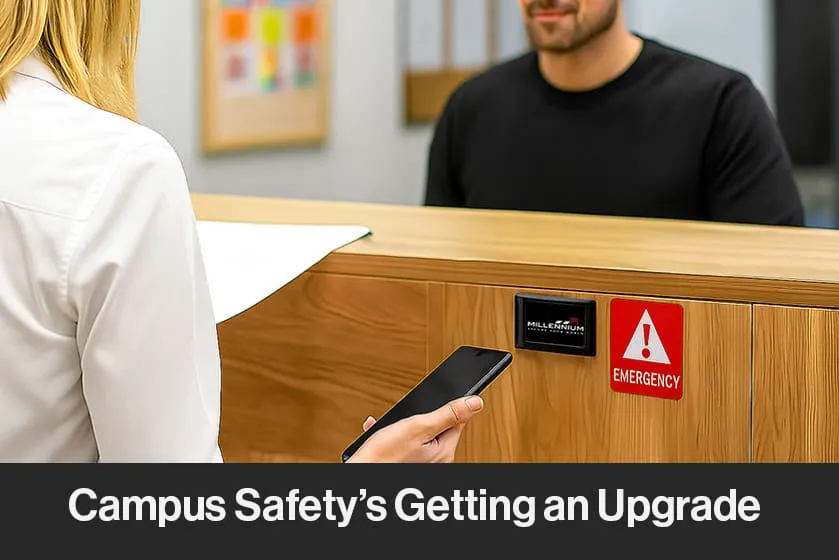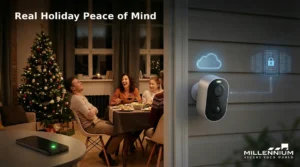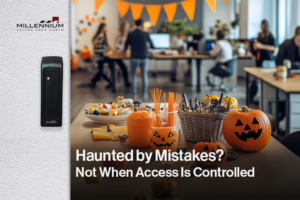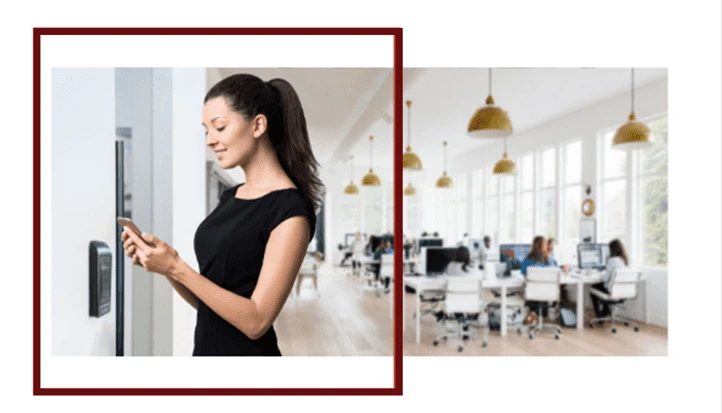As the academic year gears up, a new wave of school safety legislation is reshaping how educational institutions think about security. But rather than stirring fear, these regulations present an exciting opportunity: to modernize and unify your access control system strategies in ways that not only enhance safety but also improve day-to-day operations. In short, smart campuses are becoming safe campuses—and it’s time to understand how.
The New Landscape of School Security
Georgia’s House Bill 268 has become a landmark piece of legislation, setting new standards for school safety across the state. Designed to proactively prepare institutions for a wide range of threats, the bill emphasizes integrated technologies and collaboration between schools and emergency services. It has also sparked broader national conversations on best practices in campus security, from real-time mapping to wearable alert systems.
Recent legislative developments, such as Georgia’s House Bill 268, are ushering in a proactive era of school security. This law, among other mandates, requires schools to:
- Equip staff with wearable panic alert systems
- Digitally map campus facilities for emergency responders
- Coordinate with law enforcement on student behavior threats
- Improve the speed and accuracy of record transfers across districts
Meanwhile, in Florida, the state’s Marjory Stoneman Douglas High School Public Safety Commission has recommended clarification around door locking mechanisms in classrooms. Their goal: ensure that doors can be securely locked from the inside without key access and without creating new security or code compliance issues. These recommendations echo a broader national push for intuitive, accessible lockdown capabilities and standardized safety measures in every school.
These changes are designed to ensure quicker responses and better coordination in emergencies. But beyond compliance, they highlight the critical need for integrated access control system solutions that make all of this possible.
Access Control: The Heart of a Safer Campus
In the context of these new regulations, access control technology takes center stage. A smart access system is no longer a “nice-to-have” but a foundational element of modern campus safety.
Key Features Schools Should Prioritize:
- Cloud-Based Access Management
- Centralized control across multiple buildings and campuses
- Instant credential updates and revocations from any device
- Integrations with other systems (HR, student records, emergency platforms)
- Real-Time Monitoring, Custom Alerts & Incident Response
- Live dashboard.
- Automatic alerts for unauthorized entry attempts or door breaches
- Custom alert triggers based on zones, time of day, or individual access history
- Custom schedules based on bell times, holidays, and after-school activities
- Mobile Credentials for Staff and Students
- Secure, encrypted access via smartphones or wearables
- Real-time updates without reissuing hardware
- Visitor Management
- Registration for guests with background screening options
- Digital sign-in with driver’s license scanning for quick verification
- Temporary credentials issued digitally, avoiding manual sign-in sheets
- Real-time tracking and audit trails for every visitor entry and exit
- Revocation of access at any time
- Role-Based Access Controls
- Tailored permissions for faculty, administration, maintenance, and vendors
- Automatic updates when roles change
- Emergency overrides for first responders
Geo-Fencing and Emergency Response: Taking Access Control to the Next Level
Every second counts in an emergency. Rapid, decisive action can make all the difference—which is why geo-fencing and mobile-triggered lockdown capabilities are transforming how educational institutions manage crises.
Using NFC tags and mobile devices, administrators can instantly:
- Tap and Activate: Secure entry points and initiate lockdown for designated zones using smartphones.
- Trigger Alarms: Notify campus security and emergency responders in real time.
- Extend Lockdown: Scale response from one area to multiple buildings with a single action.
These smart features not only provide flexible emergency response but also integrate seamlessly with existing door controllers and access points. Pre-programmed tags placed at strategic locations—like podiums or desks—enable instant, intuitive action. Whether used by staff, security, or emergency personnel, these tools bring speed and clarity to chaotic situations.
Geo-fencing adds a layer of intelligence, ensuring that only authorized personnel within designated zones can initiate responses. Combined with mobile credentials and customizable emergency tags, it forms a comprehensive solution for both proactive safety and reactive emergency management.
All actions are logged in a detailed historical audit trail, allowing administrators to review response times, access events, and system performance after an incident.
Digital Mapping Meets Physical Security
One of the most impactful components of new legislation is the requirement for up-to-date digital campus maps. These maps, when integrated with access control systems, can revolutionize emergency response.
Imagine this: A fire alarm goes off in Building C. Emergency personnel pull up a real-time digital map showing every access point, its current status, and the location of individuals inside. Instead of relying on static floorplans, responders have a dynamic view, helping them act faster and more accurately.
Access control systems that support mapping integrations ensure that safety doesn’t stop at the badge reader. It extends to live coordination and situational awareness.
Download the Cloud Access Control Checklist
your 15-step, printable guide to building a secure, scalable, and cloud-ready system.
Includes: PoLP setup, MFA guide, permission audit worksheet + a bonus printable template.
Beyond Security: Operational Benefits for Educational Institutions
While these access control features bolster safety, they also bring operational efficiency to the forefront.
- Streamlined Student Transfers: Digital credentials and audit trails simplify record verification and hand-offs between districts.
- Cost Savings Over Time: Cloud-based systems reduce reliance on physical keys, lower maintenance needs, and eliminate the expense of rekeying buildings.
- Improved Facility Management: Access logs inform space utilization, helping schools make smarter scheduling and infrastructure decisions.
- Compliance Made Easy: Automated reporting tools simplify audits and keep institutions aligned with state and federal mandates.
- Efficient Visitor Flow: A digital-first visitor system ensures guests are identified, logged, and given access quickly—without compromising security protocols.
Creating a Culture of Safety Through Simplicity
The best access control system solutions don’t just work in the background—they empower the people using them. For faculty and staff, mobile credentials mean no more lost badges or confusing keychains. For administrators, cloud-based dashboards offer clarity and control. For parents and students, visible security builds trust.
And when training is minimal and interfaces are intuitive, everyone on campus becomes an active participant in a safer environment.
Choosing the Right Technology Partner
As schools evaluate solutions, the priority should be on flexibility, scalability, and user experience. A robust access control platform should:
- Scale across multiple facilities and districts
- Offer role-based and schedule-based access
- Support mobile credentials and real-time alerts
- Integrate with emergency systems and digital mapping tools
- Provide robust reporting, compliance, and historical logging features
- Enable rapid lockdown through geo-fencing and emergency NFC tags
Avoid systems that rely solely on on-premise hardware or those that require complicated updates and maintenance. Cloud-native platforms are better suited to the evolving demands of educational environments.
Looking Ahead: A Blueprint for Safer Schools
As security regulations evolve, so must our approach to access control. The next generation of school safety isn’t about fear-based decisions or reactive policies. It’s about building smarter, more connected campuses where safety is part of the architecture.
When access control is done right, it becomes more than a security measure—it becomes a strategic tool for managing people, spaces, and expectations.
Ready to Modernize Your Campus Access Control Strategy?
Millennium’s advanced, cloud-based platform empowers schools to meet evolving safety regulations while enhancing everyday operations. From mobile credentials to real-time mapping, geo-fenced lockdowns, NFC-triggered emergency actions, and seamless visitor management, our solution puts you in control—from anywhere, at any time.
Explore our access control system and see how smart security can transform your campus.
Millennium is a scalable, hosted, access control platform that services any type of real estate. Our cloud-based solution allows managers and tenants to efficiently manage their physical security from anywhere while enhancing experience and driving profitability.











